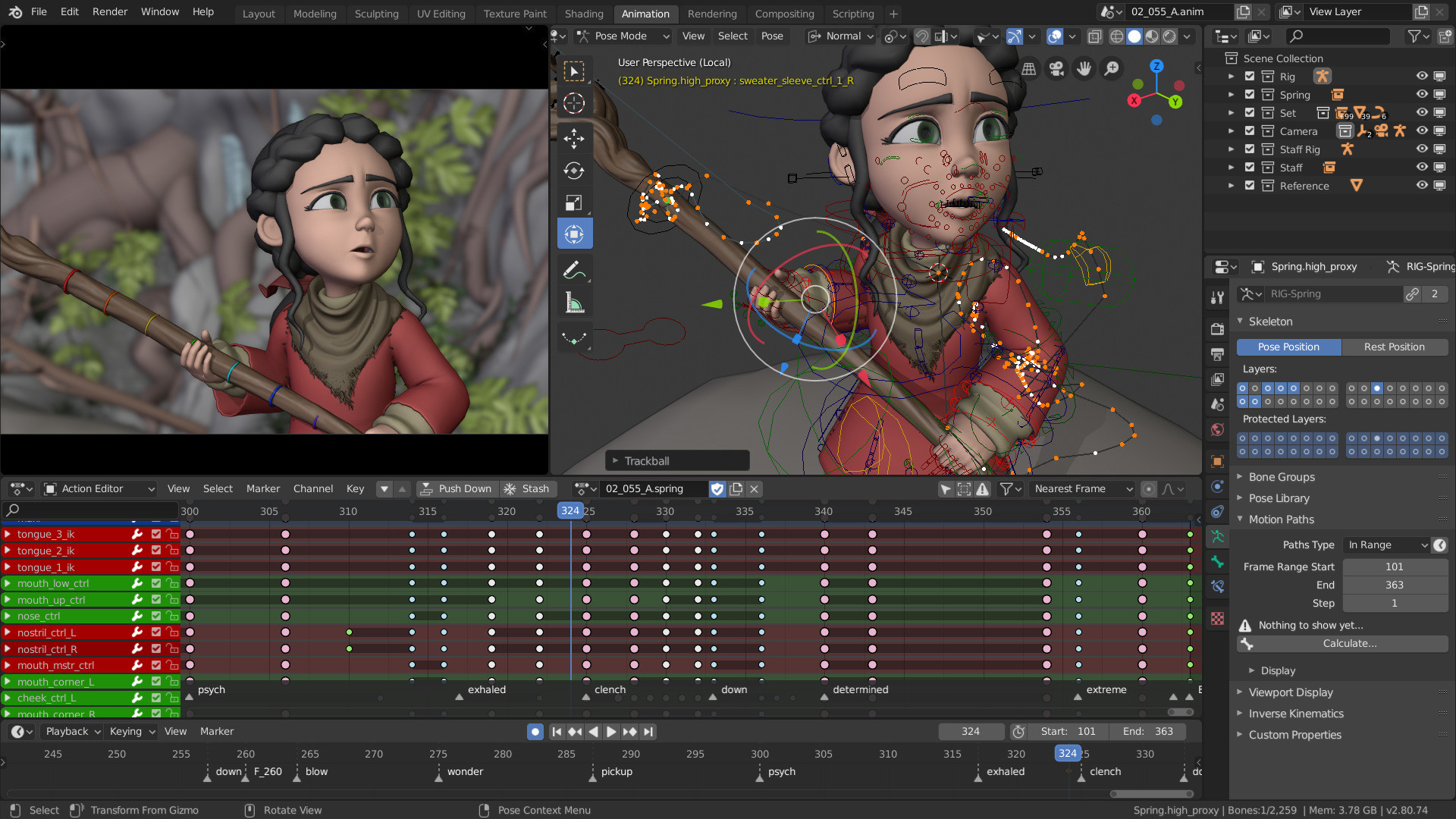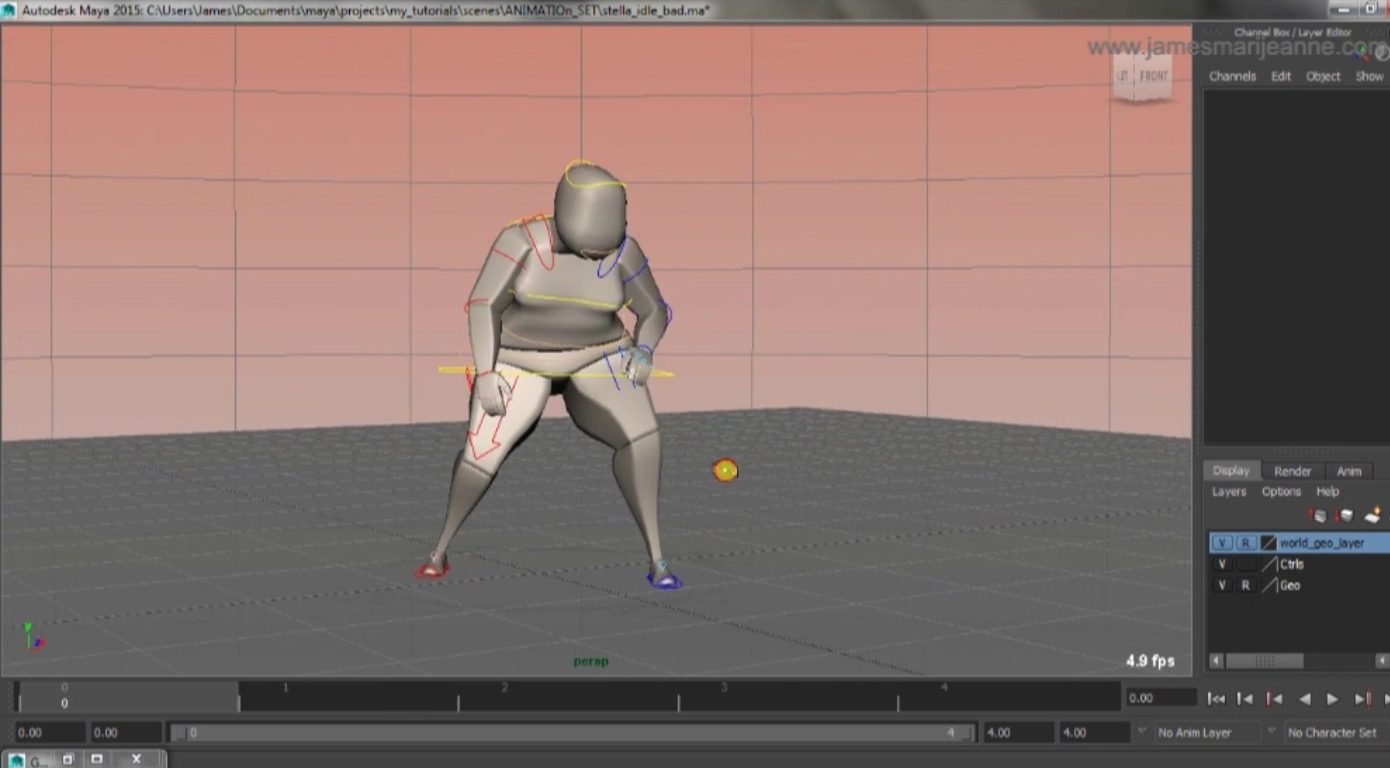
It’s not a secret that high-quality graphics and top-notch video game animations make a video game more attractive to players. If a game allows players to immerse themselves in the gameplay and forget about their problems, this means the game is worth attention. The main goal of any video game developer is to think over each character’s movement in advance. This is where animation for games is used!
Animation is the process of creating an illusion of motion with the help of a sequence of static images that slightly differ from each other. There are several basic principles of game animations every animator must know. The combination of these principles will definitely make the objects of animation look realistic.
By 2021, the number of video gamers is expected to be more than 2.7 billion. The gaming market is expected to be worth 138 billion. This means that this niche is at the pinnacle of success. Let’s review the main principles of excellent video games animations and learn how to make animated game characters that people will love.
Read also: Animate a Fighting Game in 6 Stages
Squash and Stretch as the Main Animation Video Game Principle
The main goal of this principle is to give the illusion of weight and pressure. It is used in animations games to exaggerate movement in a certain direction. The best example that illustrates the use of this tool is a bouncing ball, when the ball has the original form at the peak of the bounce and changes the form after touching a surface. Or it is also used when you need to animate a jumping character.
Anticipation
This principle is widely used in animation video games. Its main goal is to let the gamer know that something is about to happen. In other words, it is preparation for an action: when a character is going to jump, shoot, run, etc. In such a scenario, anticipation is the bending of the knees or the stretching of hands. To achieve a bigger effect, longer anticipation should be done. We at Melior Games always use this technique to achieve a more immersive effect.
Staging as the Key Game Character Animation Principle
Essentially, staging means keeping the gamers’ attention on what is important to the scene, without any distracting elements. In other words, the main goal of a designer in this case is to present an idea in a way that is completely understandable. In gaming animation, this principle is very important when it comes to level design or when the attention of a player should be brought to a certain element.
Straight Ahead and Pose to Pose
The main goal of these techniques is to make the animation more real. Straight ahead action means demonstrating a scene from beginning to end. Pose to pose means only showing certain poses.
Both techniques have their benefits and disadvantages. The main goal of a game developer is to find the happy medium when drawing an animated game character.
Slow In and Slow Out Game Animations Idea
Modern animation and gaming developers widely use this tool when they want to show slow movements of the object. It is used for designing level maps or for easing the player into a level. For example, you need to show a falling ball, weapon, or rock. First, it slows down and then it gains speed. Simply put, this type of animation in video games allows you to grab the players’ attention and make them focus on certain objects.
Overlapping and Follow Through Actions
The technique when various parts of a character’s body move at various rates is called an overlapping action. The main goal of a follow-through action is to show what happens after another action. Both are closely related and follow one another. In video game animation, they are used to create a smooth screen transition.
Arcs
Video games animation is a complex project, but if you want to make animation believable and more real, you need to add animated movement follow arcs. Here are a few benefits of arcs:
- Arcs enable developers to make the action more precise;
- They “polish” the correctness of the action;
- They also allow making transitioning from one level to another smoother.
Secondary Action
Animated video games can’t do without this technique. The main goal of secondary actions is to support the main action without distracting the attention of players from it. For example, a walking person sways their arms, or a talking person uses some gestures to explain what they mean. Clouds moving, birds singing, trees moving – all these movements are secondary actions that make the gameplay more immersive. High-quality animation for games is impossible without secondary actions.
Timing as a Powerful Animated Video Game Technique
Timing means the number of frames between poses and main actions.
- How long should a character spend on performing this or that task?
- How long does this level take?
- How long does the cool-down period last?
All these questions are about timing and should always be considered in animating game characters.
All these techniques are widely used by professionals in game animation. We at Melior Games always monitor and follow the latest trends in gaming animation and do our best to meet the needs of our clients!





